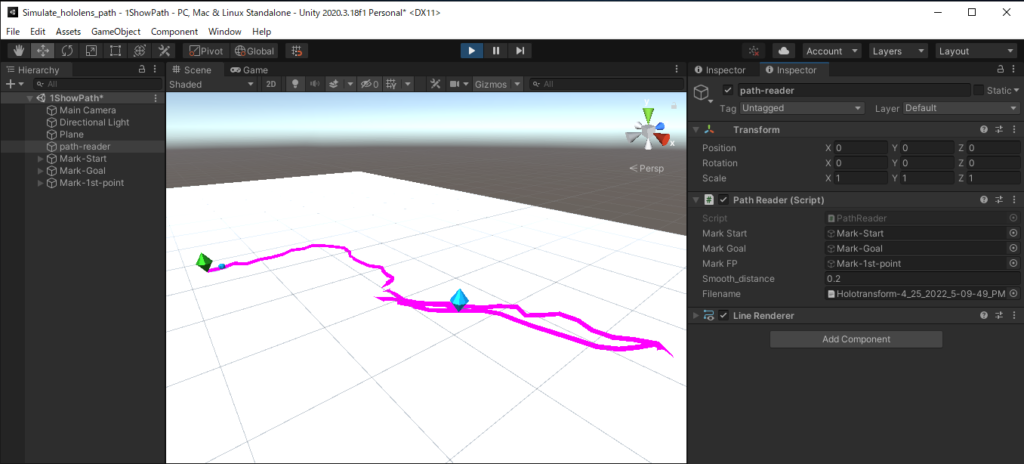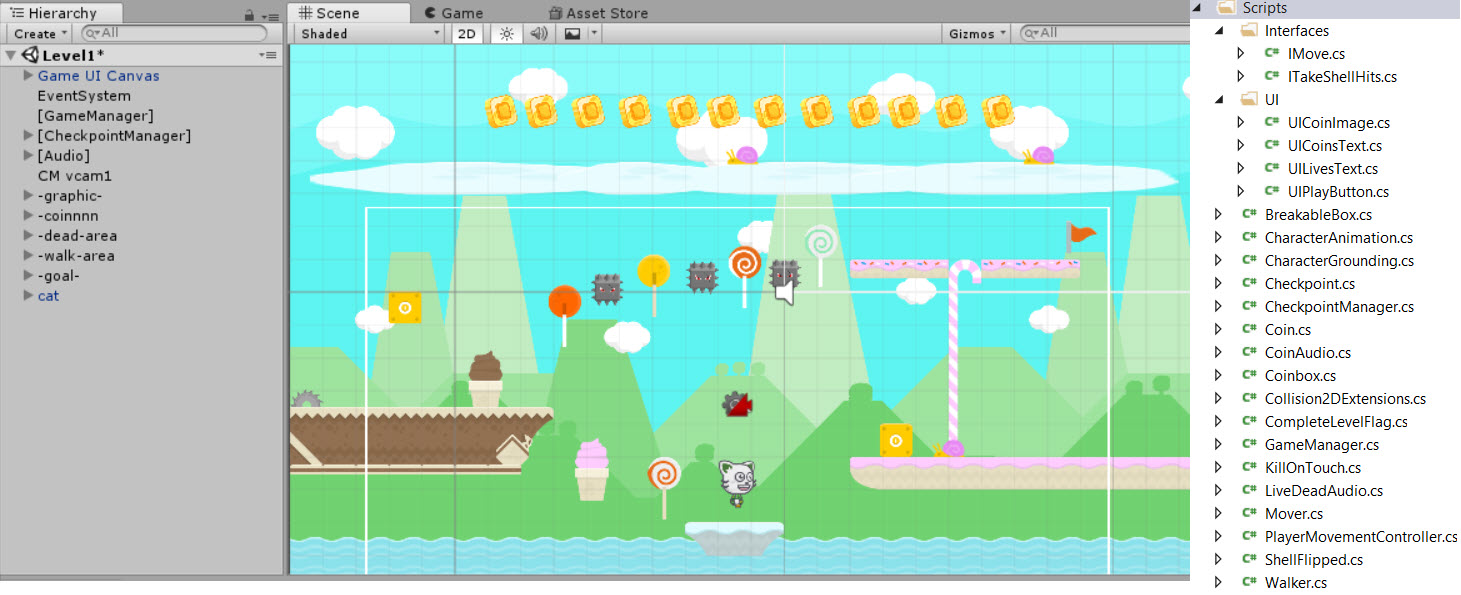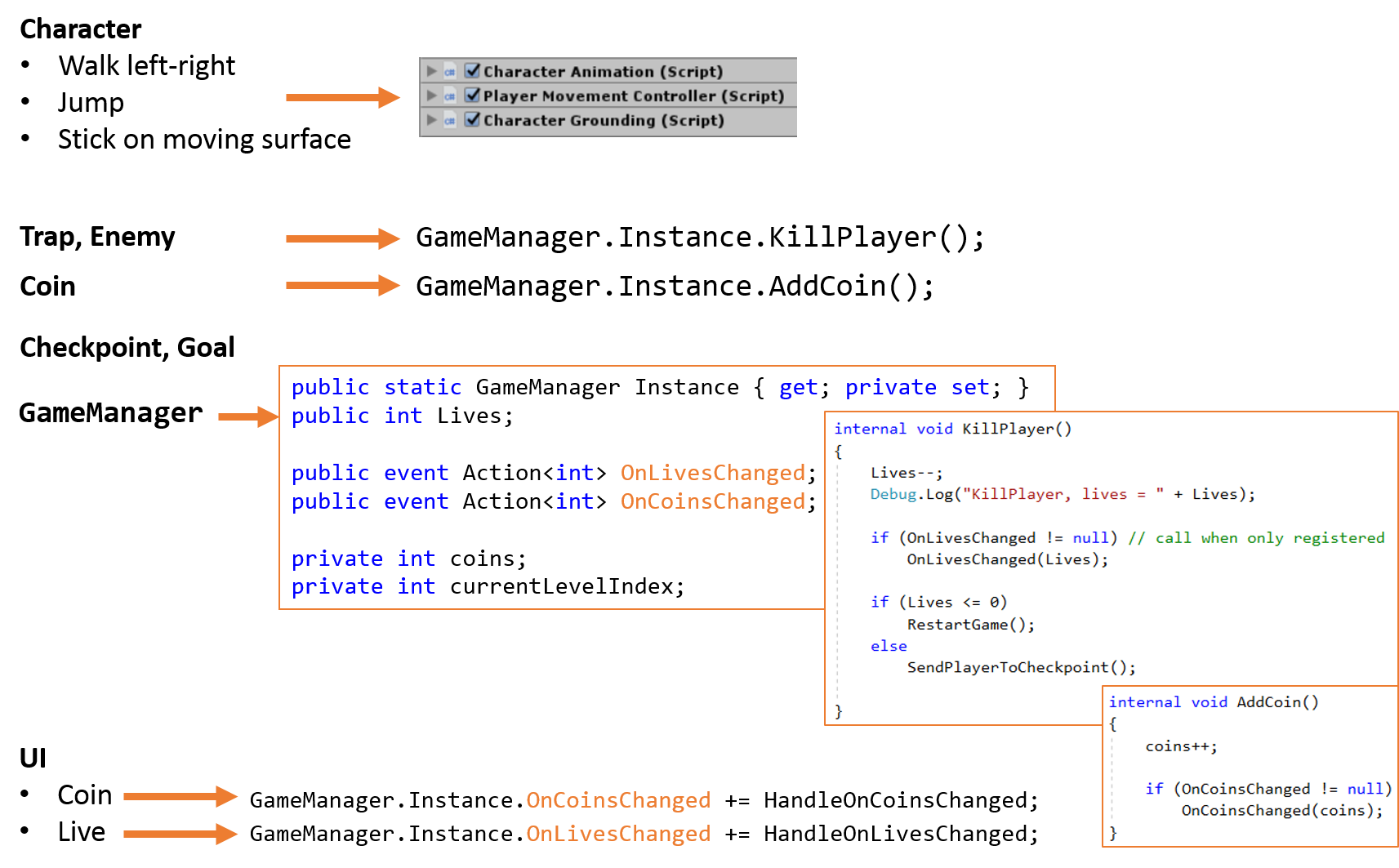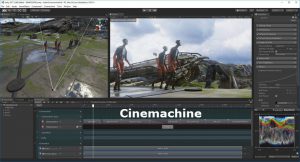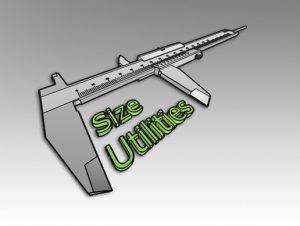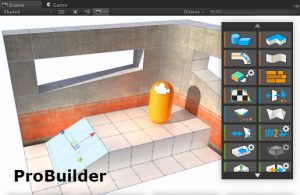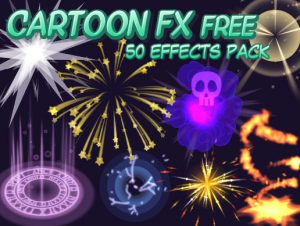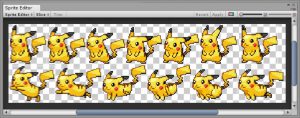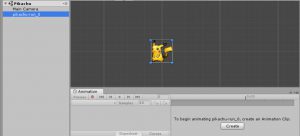From: https://support.readyplayer.me/hc/en-us/articles/360020740897-How-do-I-use-a-GLB-model-in-Unity-
- Create and download your avatar from https://readyplayer.me/
- Import your file into Blender – File/Import/gITF 2.0 (.glb/gltf)
- Edit your model (remove extra bones in the head, fingers, etc.)
- Go to the Texture Paint tab and select “View” in the top left of the Image Editor panel
- Select each texture from the drop-down at the top
- At the top left, click Image/Save As… (or Shift + Alt + S) and select your destination
- Export your model as an FBX – File/Export/FBX (.fbx)
- Import your model and textures into Unity
- Click the FBX avatar in the Assets window
- In the Inspector window, change the Location to “Use External Materials (Legacy)” and apply
- If some base textures don’t appear, click on the body part and manually assign the texture to the correct map (Albedo).
